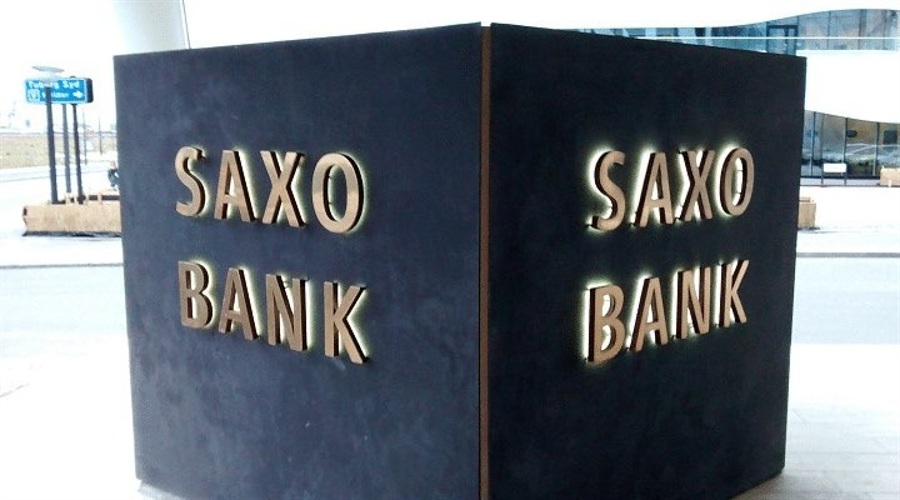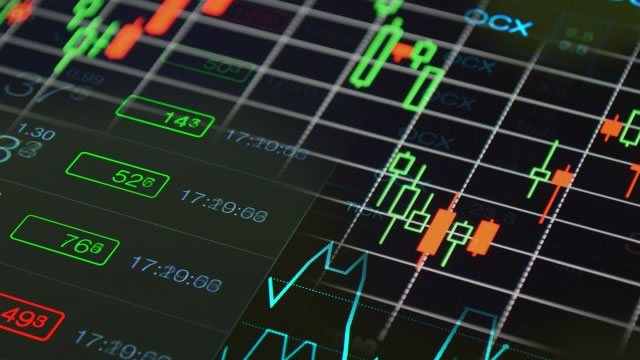Foreign Exchange Volume on Saxo Bank Hits Record Low
FX Volume Is at the Bottom
Foreign exchange volume on Saxo Bank took a hit again in May, as the monthly volume dropped to $79.6 billion. The figure is the lowest since the platform started publishing its trading metrics in 2016. May’s forex trading volume on Saxo dropped by more than 19.8 percent from the previous month. This is even lower than the previous low in March, when the volume tanked to $85.1 billion. Although demand recovered in April, the drop last month confirmed that it was not sustainable.
This decline in trading volume can be attributed to a number of factors, including market uncertainty, economic instability, and regulatory changes. Traders and investors are becoming more cautious and conservative in their trading activities, which is reflected in the decrease in trading volume. The global economic slowdown and geopolitical tensions have also contributed to the decline in forex trading activity.
Impact on Individuals
For individuals who are active in forex trading, the decrease in trading volume on Saxo Bank may have a direct impact on their trading strategies and profitability. With lower trading volume, there may be less liquidity in the market, which can lead to wider spreads and increased volatility. Traders may need to adjust their trading tactics and risk management strategies to adapt to the changing market conditions.
Impact on the World
The decline in foreign exchange volume on Saxo Bank is indicative of broader trends in the global financial markets. It reflects a decrease in investor confidence and a shift towards safer assets. This could have wider implications for the global economy, as forex trading is closely linked to international trade and investment. A slowdown in forex trading activity could signal a slowdown in global economic growth and trade, which could have ripple effects across different sectors and regions.
Conclusion
Overall, the record low foreign exchange volume on Saxo Bank in May is a reflection of the challenges and uncertainties facing the global financial markets. Individuals and institutions alike will need to monitor market conditions closely and make informed decisions to navigate the changing landscape. Adapting to these new realities will be crucial for success in the forex trading market and beyond.





